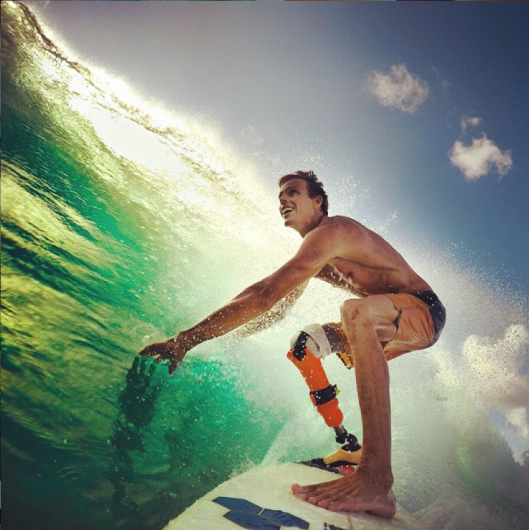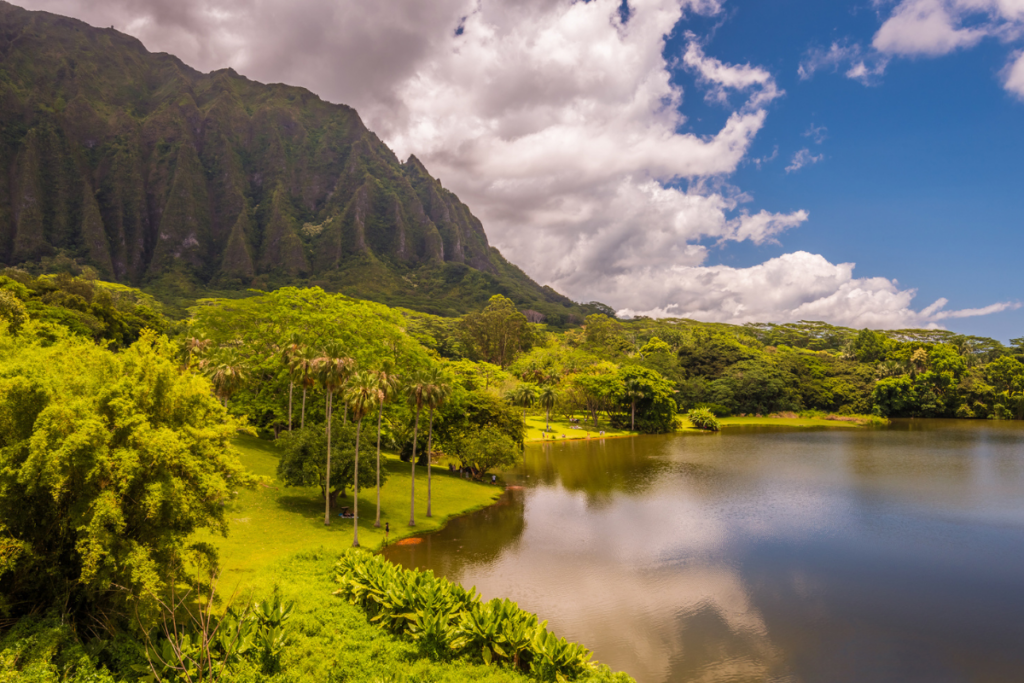Hawaii shark attack survivor Mike Coots wants you to appreciate sharks
One of the rare statistics, he uses his experience to call attention to the apex predatorsʻ plight.

It’s Shark Week on Discovery Channel, and since Hawaii is surrounded by water and sharks, we decided to contact shark enthusiast, Kauai surfer and HAWAII Magazine photographer, Mike Coots, for his take.
Coots suffered an unfortunate encounter with a tiger shark in 1997 and uses that experience to leverage attention to help save global populations of the apex predators. “They’re in our waters for a reason,” Coots said, “they play an important role in our marine ecosystem, they bind everything together … they create a hierarchy in our seas.”
Far more people attack sharks than sharks attack people. Some 100 million sharks are killed annually for food and bait, and, according to the International Shark Attack File report collected by scientists at the University of Florida, 72 people were injured or involved in shark attacks last year—three were fatalities.
“Sharks attacking people are glorified by the media,” Coots says, “It plays into that myth that they’re man eaters.”
And, he would know. When he was 18 years old, Coots was one of those rare statistics. “I took my bodyboard out to Majors Bay on the western end of Kauai. It was early in the morning and I went out with some friends. We all caught waves and I was waiting there for a wave to come. As soon as the wave hit, I saw it,” says Coots.
“It blindsided attacked me. I went rag doll in the water, but out of instinct, I punched it with my hand. The shark swam away and I got back to my board. I didn’t realize it at the time, but it had perfectly severed off my leg.”

It took three months for him to learn to walk with his new prosthetic, but only one month for him to get back in the water. “I remember going down to the water’s edge with my crutches,” he said.
After the experience, Coots had no particular affinity for sharks, but certainly had a curiosity. “I started trying to put a correlation together, trying to rationalize it [the attack] being such a rarity.” Then, he says, “about six years ago, I was contacted by another shark attack survivor out of Florida who asked me to watch the documentary Shark Water.” Coots picked up the phone and became a shark conservation advocate the very next day. “It was really that statistic of 70 million-plus sharks being killed every year for their fins that got me,” he said.
Coots worked to promote legislation banning the possession of shark fins in Hawaii—it became the first state to do so when the law passed in 2010. He is now working with the Pew Charitable Trusts’ Global Shark Conservation program to push a similar shark finning bill at the federal level, and has joined an international group of shark attack survivors focused on drawing attention to shark conservation to actively lobby the UN to create larger global marine sanctuaries.
Coots says the best thing an average American can do to help sharks is arm themselves with real knowledge about what’s happening to the creatures. “The vast majority of sharks just swim across the ocean, don’t see one human, and don’t even think about attacking humans,” he says, “It’s a stereotype that they want to attack every person that comes into the water.”


